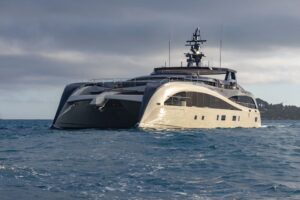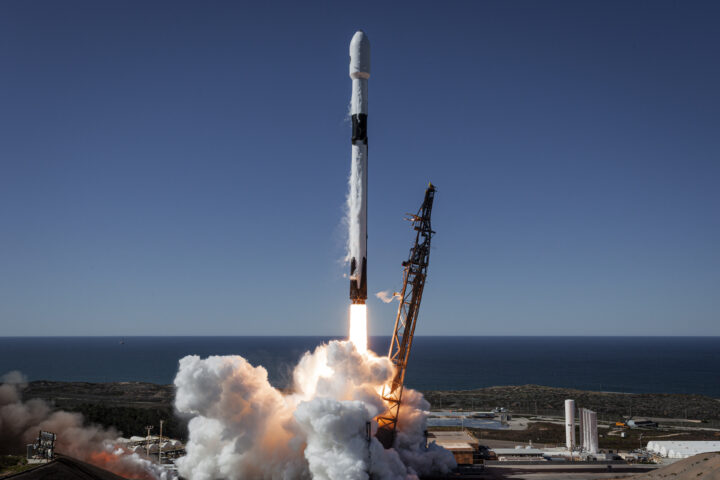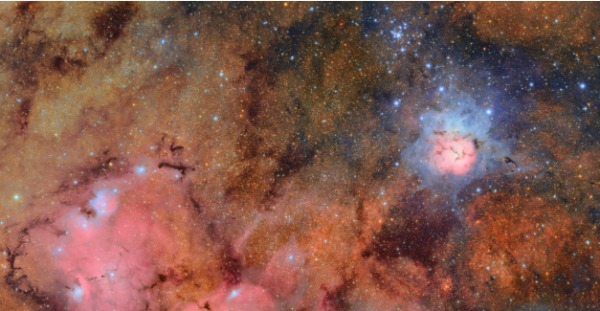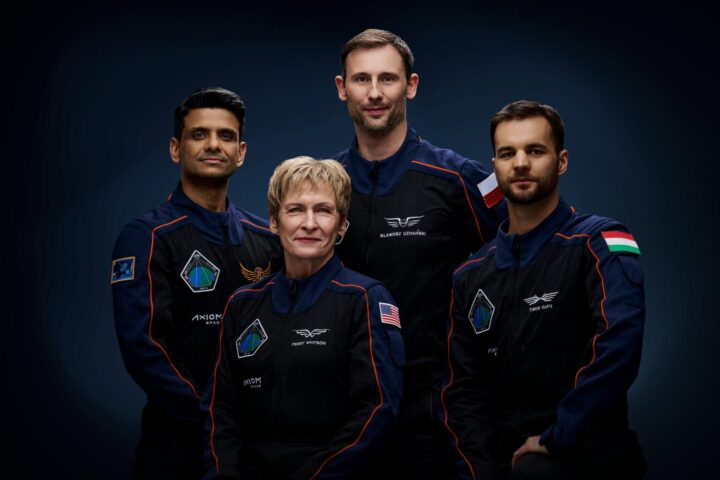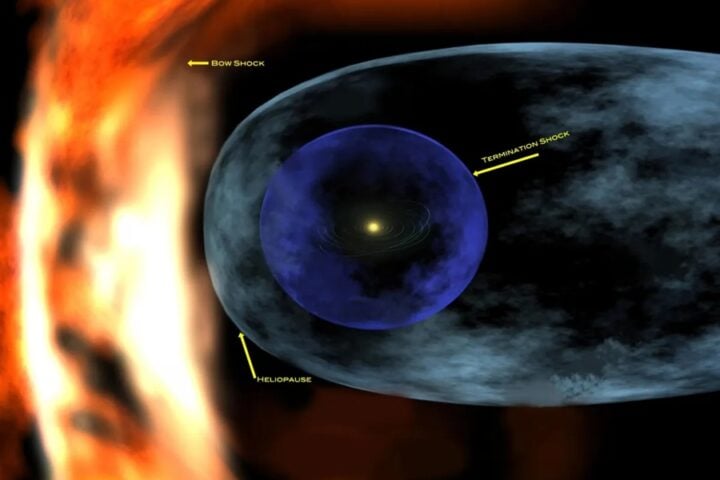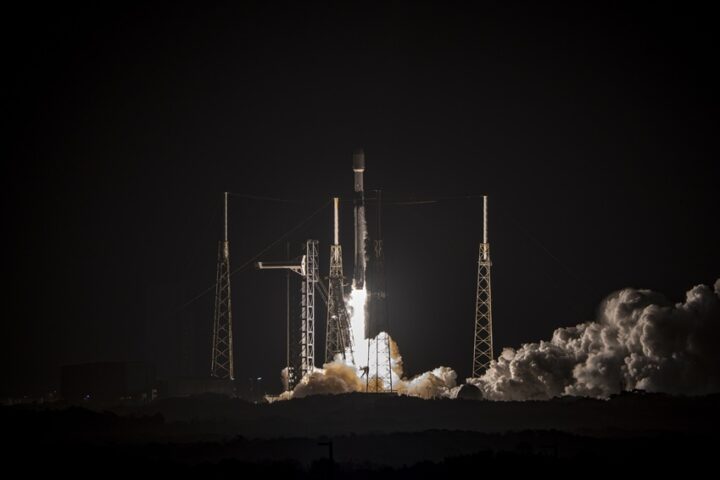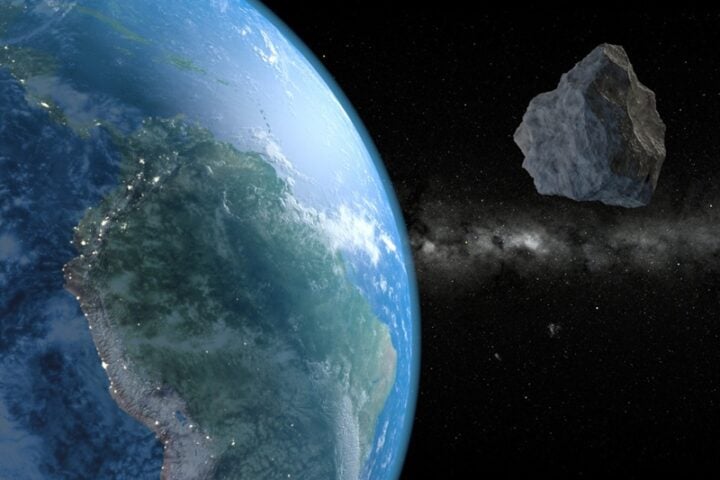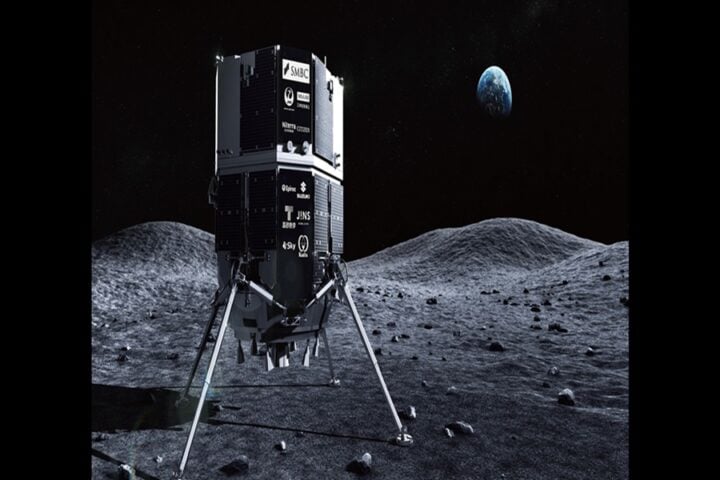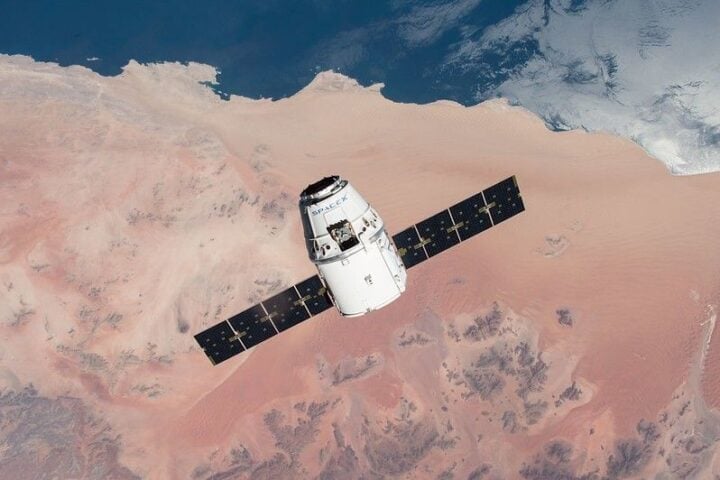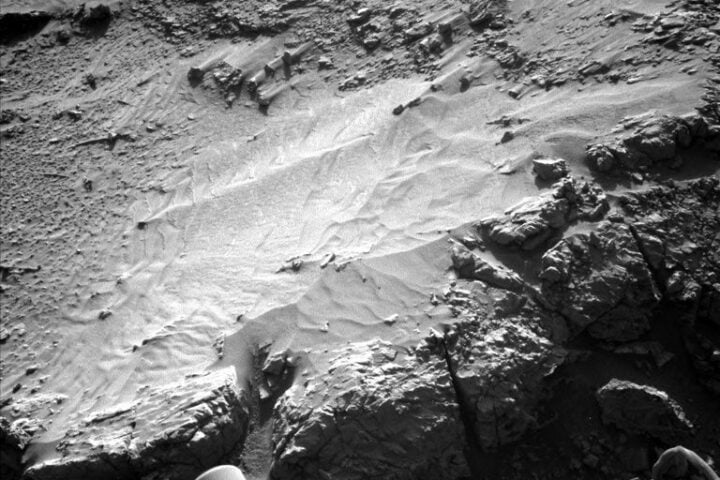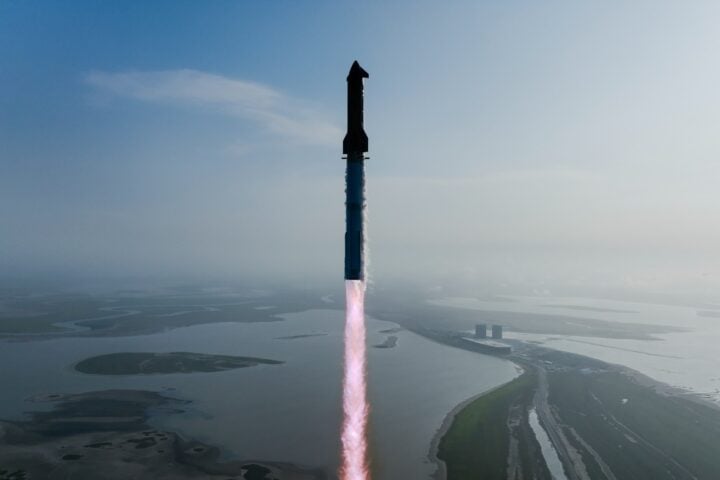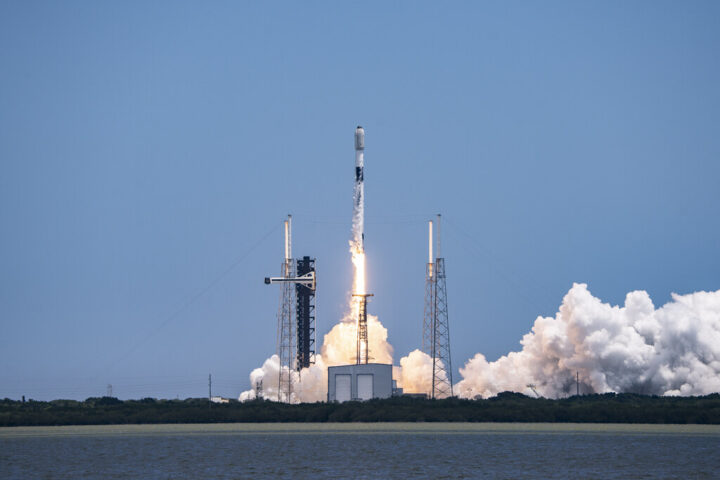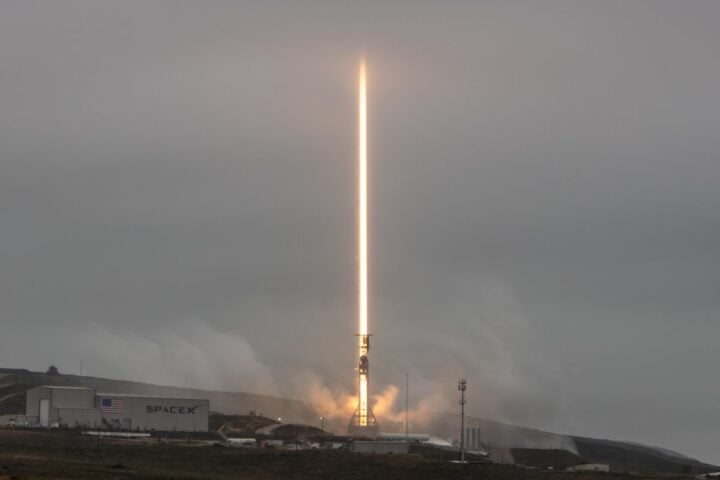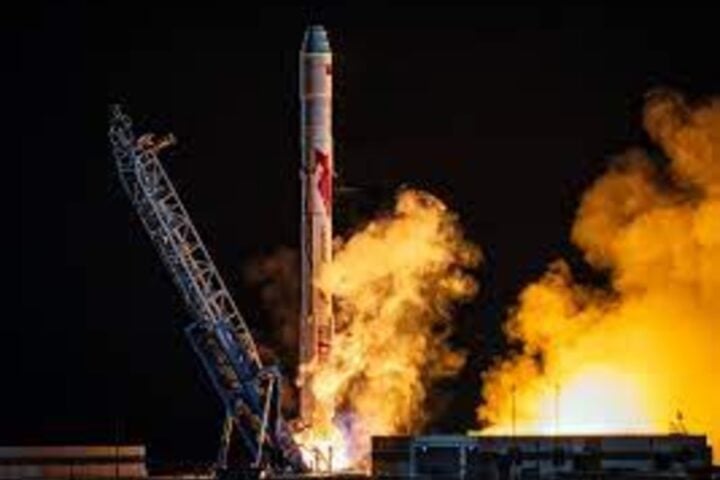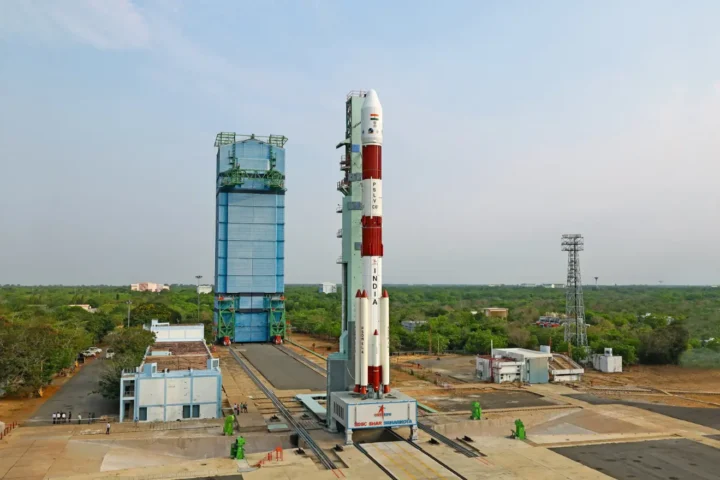NASA announced significant delays to its Artemis moon program on Thursday, citing technical challenges with the Orion spacecraft’s heat shield and life support systems. The Artemis II crewed mission is now scheduled for April 2026, while Artemis III’s lunar landing has shifted to mid-2027.
Heat Shield Investigation Results
During the Artemis I test flight in 2022, NASA observed unexpected damage to the Orion capsule’s heat shield. The investigation revealed that gases trapped within the Avcoat material caused internal pressure buildup, leading to cracking and material loss during re-entry. While the spacecraft maintained safe internal temperatures, the issue requires modifications to future missions.
“Based on the data, we have decided, unanimously, to move forward with the current Artemis 2/Orion capsule and heat shield with a modified entry trajectory…to lessen the heat coming back into the Earth’s atmosphere,” said NASA Administrator Bill Nelson. “Additionally, we need to complete our updates to the Orion environmental controls and the life support systems that were identified earlier this year.”
Technical Modifications and Safety Measures
The Orion capsule must withstand temperatures of nearly 5,000 degrees Fahrenheit during re-entry, as it decelerates from 25,000 mph to approximately 325 mph. NASA engineers conducted over 100 tests across multiple facilities to understand the heat shield’s behavior. For Artemis II, they will implement a modified re-entry trajectory while maintaining the current heat shield design.
Catherine Koerner, Associate Administrator of Exploration Systems Development Mission Directorate, emphasized NASA’s methodical approach: “Throughout our process to investigate the heat shield phenomenon and determine a forward path, we’ve stayed true to NASA’s core values; safety and data-driven analysis remained at the forefront.”
Mission Updates and Timeline Revisions
The Artemis II mission will carry four astronauts: NASA astronauts Reid Wiseman, Victor Glover, Christina Koch, and Canadian astronaut Jeremy Hansen. Commander Wiseman stated, “We have been following every aspect of this decision and we are thankful for the openness of NASA to weigh all options and make decisions in the best interest of human spaceflight.”
NASA continues assembling the Space Launch System rocket components for Artemis II, which began in November. The Artemis III spacecraft is already under construction, incorporating lessons learned from Artemis I and implementing enhanced heat shield manufacturing processes.
More Stories
International Context and Competition
These delays occur as China aims to land taikonauts on the Moon by 2030. Nelson addressed this timeline, stating that even with the delays, NASA’s mid-2027 target for Artemis III “will be well ahead of the Chinese government’s announced intention.”
Environmental Control and Life Support Systems
Additional time is required to refine Orion’s Environmental Control and Life Support Systems (ECLSS), critical for sustaining astronauts during extended missions. These systems manage air revitalization, temperature control, and waste management capabilities.
Technical Specifications and Data
- Re-entry speed: 25,000 mph
- Temperature resistance: 5,000 degrees Fahrenheit
- Heat shield material: Avcoat ablative material
- Final descent speed: 325 mph


